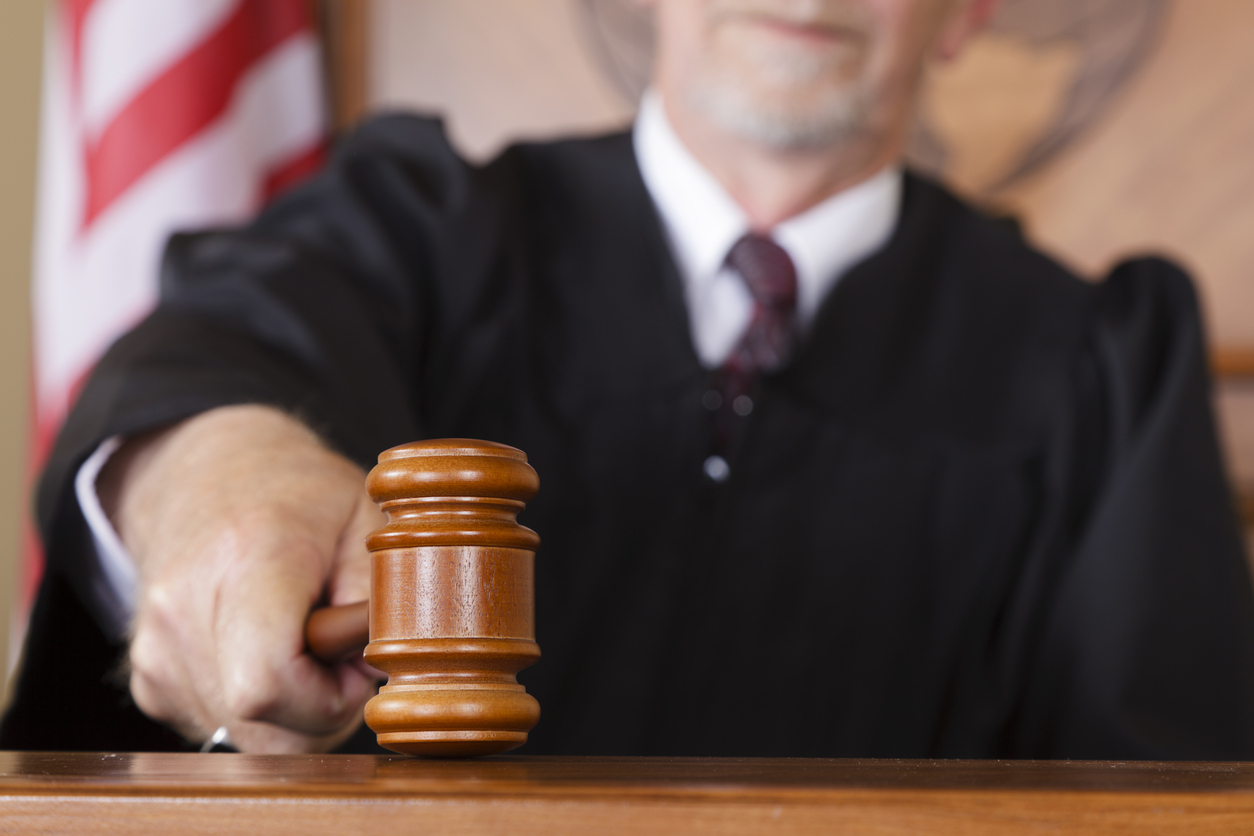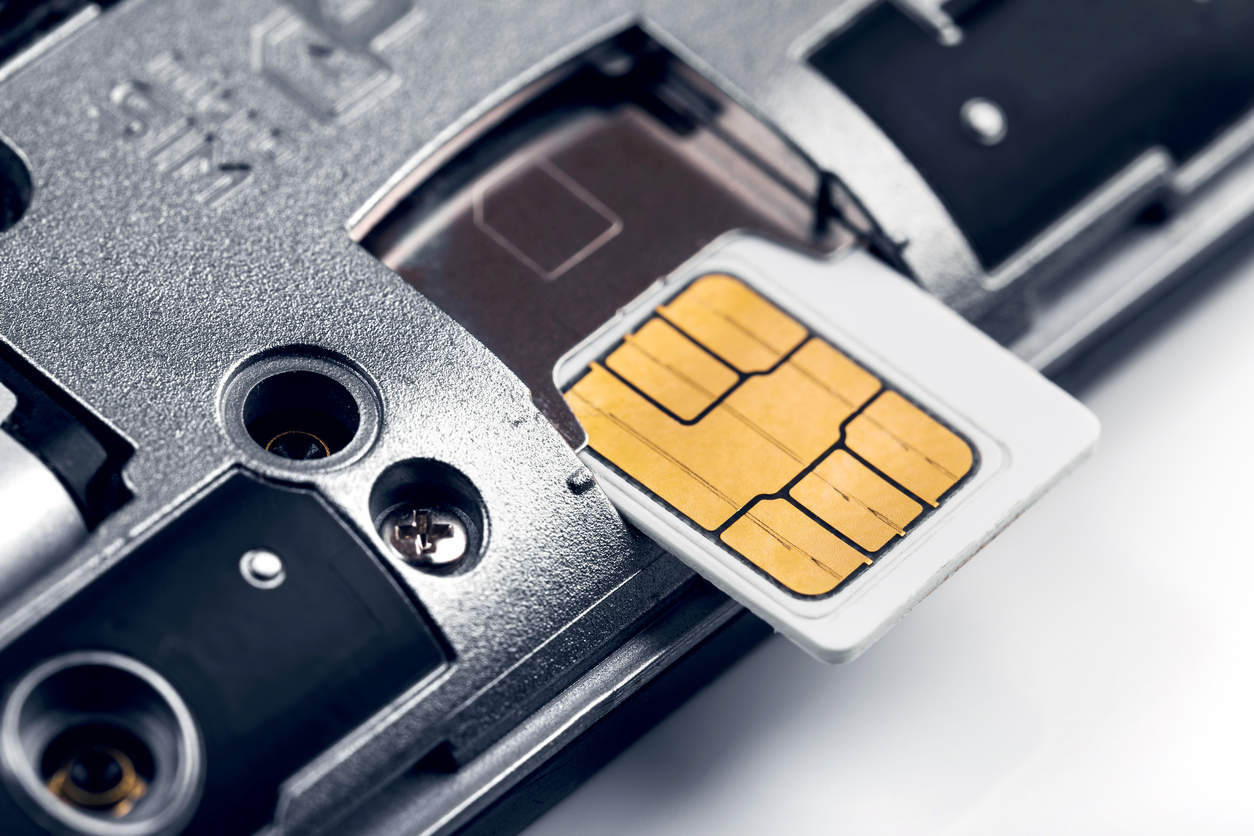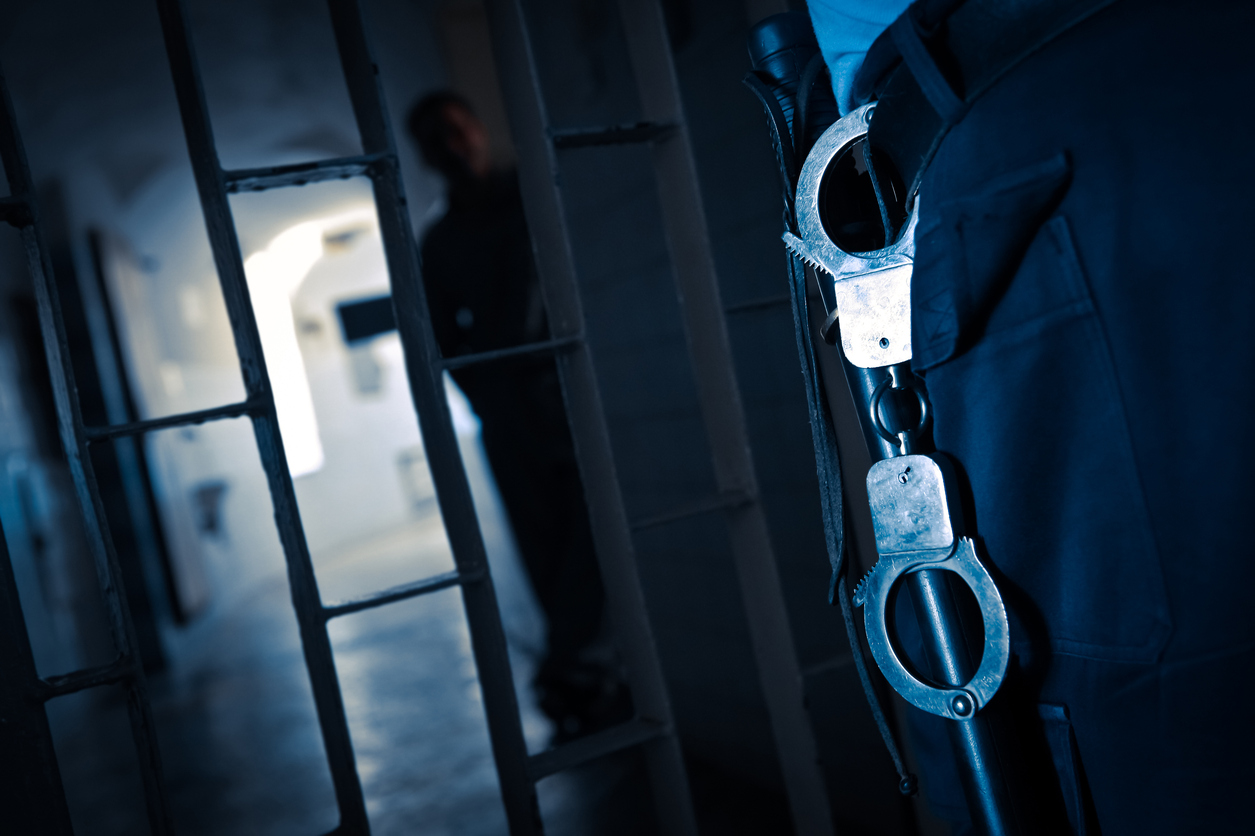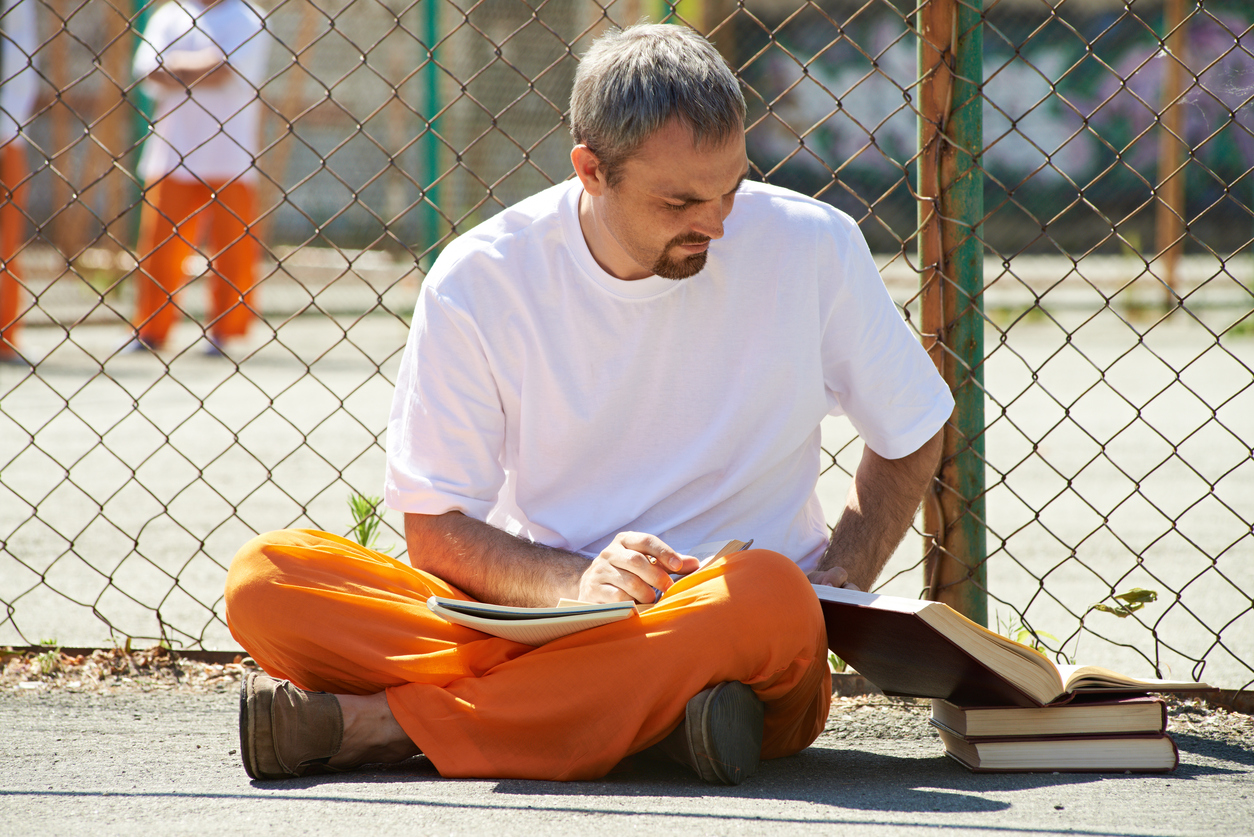Over the course of the past few months, this news site has been exposing escalating violence and systemic breakdowns in security within (and surrounding) South Carolina’s government-run prison system.
To read our most recent reports chronicling the chaos, click here, here and here.
The issues plaguing the S.C. Department of Corrections (SCDC) are much larger than we previously imagined, and appear to be getting worse on a daily basis.
Beset by staffing shortages, South Carolina’s prisons have been forced to go on lockdown for weeks at a time – creating a “powder keg” situation in which inmates explode at the slightest provocation upon being released back into the general population. As previously noted, our coverage of this ongoing violence has prompted a flood of responses from a wide range of individuals: State lawmakers, corrections officials, family members of inmates and yes … even inmates themselves.
“This beast is bigger than one man can handle,” a source familiar with the situation told us.
We agree …
It’s time to start addressing the problem, though. Or at least trying to.
So … in addition to continuing our investigative reporting on the situation, this news site is going to start offering its views on possible solutions.
Here are a few broad outlines …
***
I. SENTENCING REFORM

(Via: iStock)
Let’s get something straight right off the bat: We’re not talking about showing leniency toward violent offenders. Because there’s been way too much of that in South Carolina. In fact, our definition of “sentencing reform” includes hard core anti-crime measures like bringing back the death penalty – which has been essentially banned by courts in this country.
Some may disagree with us, but we don’t believe convicted murderers should get “three hots and a cot” for life courtesy of state taxpayers. That’s especially true in regards to individuals who continue to kill people behind bars.
If you murder someone with malice aforethought and there is incontrovertible evidence of your guilt, we believe you should be put to death. Period.
Would someone please explain why South Carolina taxpayers should pay to keep this animal alive? Or this animal?
Meanwhile, at the other end of the spectrum, we support leniency in sentencing for non-violent offenders – especially those convicted of crimes involving the sale or possession of recreational drugs.
Plenty of people are incarcerated who shouldn’t be … or given sentences disproportionate to their crimes.
Bottom line? Before we address proposed reforms to the system, we need to better define what the system is.
Or more precisely “who” it is.
For us, that starts by dealing more harshly (and permanently) with convicted killers and less harshly with certain non-violent offenders.
***
II. JAM THE SIGNALS

(Via: iStock)
We’ve been on the fence regarding this issue for some time … not anymore.
Contraband cell phones are not the cause of violence in South Carolina’s prisons (and corrections officials are wrong to imply that they are), but their ubiquitousness is clearly facilitating the violence – and the only argument we’ve heard against jamming cell phone signals is that it might impede wireless service in surrounding areas.
Of course that isn’t the real argument. According to our sources in the prison industry, the real reason the federal government won’t let states jam cell phone signals is quite simple: Cell phone companies don’t want to part with a significant stream of revenue.
Is that a good enough reason to ignore what is becoming a major contributing factor to prison violence?
No.
South Carolina should bite the bullet and jam the signals anyway – and let the federal government file suit if it wants to.
At this point, we believe that’s a fight worth fighting in our estimation … although we would continue to caution that such a reform is not a panacea for our prisons.
***
III. TABLET TIME

(Via: iStock)
Several prisons around the country have begun experimenting with the use of tablets for their inmate populations.
The logic behind this move? According to prison officials we’ve spoken with, the vast majority of “contraband communication” that takes place behind bars is innocuous – and allowing inmates to engage in such communication as a limited, closely monitored and tightly regulated privilege makes sense.
How would such a system work? Basically, each inmate would be provided with a small, cheap tablet just as they are provided with a uniform and work boots. Each table would be synced to a regulated network administered by the prison. Corrections officers would have total control over the network, and total control over each individual tablet (including whether inmates were allowed access to their tablets at all).
Good behavior would be rewarded by granting access to certain apps, books, videos or games, while bad behavior would be punished by restricting access to the tablet – or taking it away completely.
The tablets would also assist in the prison’s administration and its rehabilitation efforts, which we’ll get to momentarily …
As for addressing the issue of “contraband communication” involving gangs and other criminal enterprises, corrections officials tell us a tablet-based system – one in which all external communication is closely monitored on a secure network – would be infinitely preferable to the current system of contraband phones in every other cell.
Again, such a system would be run on a prison-controlled network – with all external networks jammed.
***
IV. MORE MONEY, MORE GUARDS

(Via: iStock)
As noted in our prior prison coverage, this news site does not relish the idea of endorsing any sort of budget increase. Unlike the vast majority of “Republican” politicians in this state who feel the answer to anything is simply throwing more money at it – we reflexively rebuke such “solutions.”
Furthermore, there is abundant evidence in South Carolina that dumping more money into the same failed bureaucracies is guaranteed to produce absolutely nothing … except more expensive failure.
Schools, roads, law enforcement … you name it.
More money = more problems.
Prisons do perform a core public safety function, though, one of the few functions we believe falls exclusively upon the government to discharge. And at this point it is abundantly clear that there are not enough guards working in Palmetto prisons – and the guards who are working there are not sufficiently trained, equipped or compensated.
In fact many of them become part of the problem after they are hired because it’s far more lucrative (and safe) to smuggle contraband inside the prisons than to try and keep it out.
South Carolina must dramatically expand its budget for correctional staff, salaries, equipment and training.
As for a dollar amount, we’ll admit we don’t exactly know what the “number” is here. But given the massive increases in state spending in recent years we know there is more than enough money available to meet this core obligation – especially if non-core functions (ahem, higher ed) get cut from the budget.
State government has been growing by leaps and bounds … the very least we can do is start targeting some of that money where it is actually needed.
***
V. REAL REHABILITATION

(Via: iStock)
Prisons shouldn’t be day care centers for murderers. In fact as we noted in our initial sentencing suggestion, we think many of the murderers currently consuming valuable correctional resources should be dispatched to meet their eternal arbiter sooner rather than later.
Rat-a-tat-tat.
Prisons should be places where individuals who have made mistakes go to be rehabilitated – with the goal of them eventually becoming peaceful, productive members of our society.
Precious little rehabilitation is happening in South Carolina’s system, though.
As the violence behind bars grows worse, inmates are exposed to longer and more frequent lockdown periods. This not only creates the “powder keg” effect we’ve written about repeatedly in the past – it prevents real rehabilitation from taking place.
“The longer they are there without access to true rehabilitation, the less chance they have of redemption,” a source familiar with the system told us.
What is “true rehabilitation?” That’s a good question, but we believe it involves a mix of education, vocational work, physical fitness, nutrition and yes, relaxation and some component of spirituality (assuming inmates are so inclined).
Are these things prisoners should be entitled to? That depends on whether you believe in rehabilitating inmates or simply caging them.
Which leads us to our final suggestion …
***
VI. CIRCUMSTANTIAL DISCERNMENT

(Via: iStock)
As the title of this column suggests, we believe the biggest issue facing the Palmetto State’s correctional system is its ongoing inability to separate the wheat from the chaff.
The ultimate objective of any correctional institution must be to contribute to public safety by keeping dangerous individuals contained and reforming (to the extent possible) those inmates willing to change the trajectory of their lives.
South Carolina’s prisons are comprised of two different types of inmates – irredeemable animals who deserve to be caged (or simply put down) and human beings who are capable of being rehabilitated and restored to positions of productivity and prosperity within our communities. It may not be immediately apparent which inmates fall into what category, but make no mistake: Ultimately they belong to one group or the other.
How they are handled upon entering our institutions plays a role in that process.
“When we treat people like animals, they act like animals,” a source close to the state’s prison system told us.
Indeed … and many inmates probably deserve to be treated like animals. Because that’s what they are.
But is our system identifying them properly? And applying the requisite circumstantial discernment?
Is SCDC separating the wheat from the chaff? No …
“If they truly go to KNOW the inmates and educate (correctional officers) about their crimes and situations, they could begin to categorize them and place them appropriately,” our source said. “It would be a very simple process.”
Again, a big part of this ongoing failure is related to insufficient security and staffing but it’s also a matter of redefining the role of a correctional institution – and then giving those entrusted to fulfill its mission the tools they need to do it.
Stay tuned … in future posts we look to address these broad outlines in more detail. More importantly, we hope to begin addressing some of the broader issues that make this such a particularly pronounced problem here in South Carolina.
At the end of the day, the indictment of our correctional system is just one facet of a broader indictment against those “leaders” who continue to fail the people of the Palmetto State on virtually every front imaginable.
While sending them a bigger bill each year for their failure …
***
WANNA SOUND OFF?
Got something you’d like to say in response to one of our stories? Please feel free to submit your own guest column or letter to the editor via-email HERE. Got a tip for us? CLICK HERE. Got a technical question? CLICK HERE. Want to support what we’re doing? SUBSCRIBE HERE.
Banner: iStock
